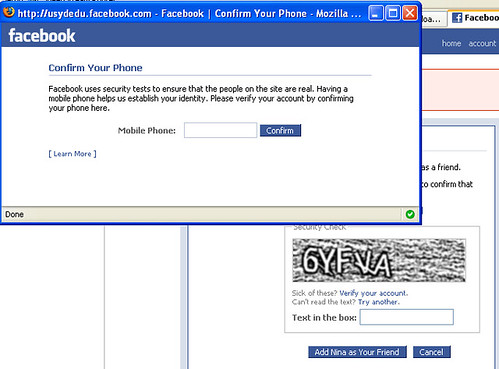Advertising on the Internet is exploding. Assuming you accept my premise that the Internet will be the backbone of the world’s attention economy – then, I am sure you can see the urgency of developing an effective metric for measuring audiences that consume content online. Advertisers are expecting more accountability online and there is increasing demand for an independent third-party to verify results. But you can’t have accountability and there is no value in audits, if one place measures in apples and the other in bananas.
The Attention Economy is seriously lacking an effective measurement system
Ajax broke the pageview model of impressions, the one billion-dollar practice of click-fraud is the dirty big secret of pay-for-performance advertising, and the other major metric of using unique visitors (through cookies) is proving inaccurate.
It sounds crazy, doesn’t it? The Internet has the best potential for targeted advertising, and advertisers are moving onto it in stampedes – and yet, we still can’t work out how to measure audiences effectively. Measurement is broken on the Net.
(Although I am focusing on advertising, this can be applied in other contexts. An advertising metric is simply putting a monetary value on what is really an attention metric.)
Yet when we look at the traditional media, are we being a little harsh on this new media? Is the problem with the web’s measurement systems just that it is more accountable for its errors? After all – radio, television, and print determine their audience through inference which are based on sampling methods and not actually directly measuring an audience. Sampling is about making educated guesses – but a guess is still a guess.
Maybe another way of looking at it is that the old way of doing advertising is no longer effective. Although we can say pageviews are broken due to AJAX, the truth is it was always an ineffective measurement system, as it was based on the traditional media’s premise of how many viewers/subscribers theoretically and potentially could see that ad. As an example of why this is not how it should be: when people visit my blog via Google Images, they hang around for 30 seconds. People that search for business issues on the web that I write about, like stuff you are reading right now – spend 5+ minutes. If both are equal in terms of page views, but the later actually reads the pages and the former only scans the content for an image – why are we treating them equally? My blog is half about travel, and half about the business of the internet, which is why I have two very different audiences. Just because I get high page views from my travel content, doesn’t mean I can justify higher CPM’s for people that want to advertise on internet issues. Not all pageviews are the same – especially when I know the people giving me high pageviews, arn’t really consuming my content
Another issue is that advertisers are so caught up on who can create the most entertaining 30 second ad, that the creativity to get people entertained has ovetaken the reason why advertising happens in the first place: to make sales. The way you do that, is by communicating your product to the people that would want to buy it. If I placed advertising on this blog, from people who want to do web-business related stuff, they should only pay for the peope that read my blog postings for 5+ minutes on the Attention economy, not for the Google images searchers who are looking for porn (my top keywords, and how people find my blog, makes me laugh out loud sometimes!).
When we create a metric that measures attention, lets be sure of one thing: the old way is broken, and the new ways will continue to be broken if we simply copy and paste the old ways. New ways like click-through ads that appear on search results, and account for 40% of internet advertising is not how advertising should be measured. The reason is because it is putting the burden of an effective advertising campaign, on a publisher. Why should a publisher not get paid, with the opportunity cost of not using another ad that would have paid, because of the ineffectiveness of the advertisers campaign strategy at targeting?
When measuring audience attention, lets not overcomplicate it. It should be purely measuring if someone saw it. As an advertiser, I should be able to determine which people from which demograph can see it my ad – and yes, I will pay the premium for that targeting. If it turns into a sale, or if they enjoyed the content – is where your complex web analytic packages come in. But for a simple global measurement system, lets keep it simple.
Concluding thought
If I stood at the toll booths of the Sydney Harbour bridge naked, some people will honk at me and others won’t. If I can guarantee that they can see me naked, that’s all as a publisher I need to do. It’s the advertisers problem if people honk at me or not. (Not enough honks means as a model I should still get my wage. They just need to hire a better looking model next time!)

